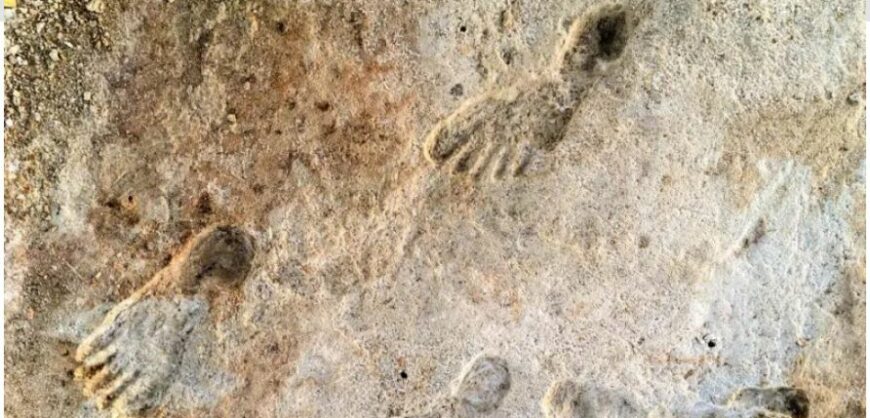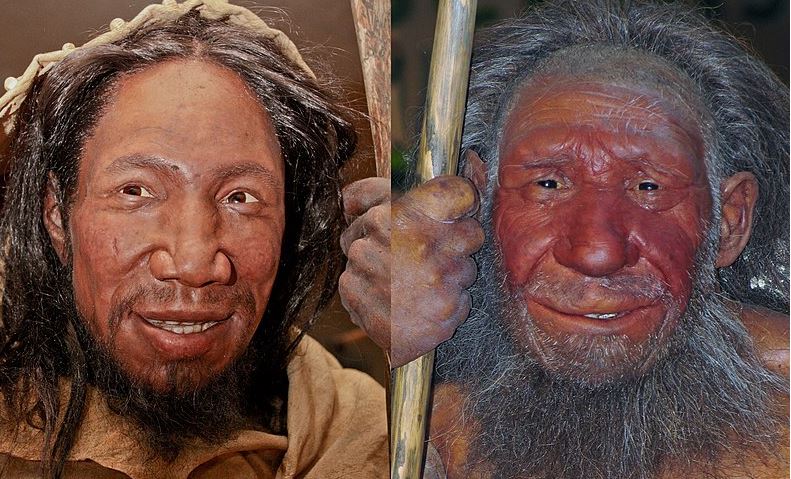In a study of exposed outcrops of Lake Otero in New Mexico, the United States, archaeologists have discovered numerous human footprints dating to about 23,000 to 21,000 years ago. The discovery confirms the presence of humans in North America during the Last Glacial Maximum, adding evidence to the antiquity of human colonization of the Americas.
“Archaeologists and researchers in allied fields have long sought to understand human colonization of North America,” said Bournemouth University’s Professor Matthew Bennett and colleagues.
“Questions remain about when and how people migrated, where they originated, and how their arrival affected the established fauna and landscape.”
In the new study, the researchers examined the ancient human footprints in White Sands National Park in New Mexico.
The footprints were formed in soft mud on the margins of a shallow lake which now forms part of a large playa called Alkali Flat.
They were first discovered by David Bustos, a resources manager at White Sands National Park.
also read
Videos of the moment the earthquake hit Crete emerge
“It is incredible to have the confirmation on the age of the human prints, and exciting but also sad to know that this is only a small portion of the 80,000 acres where the prints have been revealed bare and are also being rapidly lost to ongoing soil erosion,” Bustos said.
The scientists dated the footprints using radiocarbon dating of seed layers above and below the footprint horizons.
more at sci-news.com






































